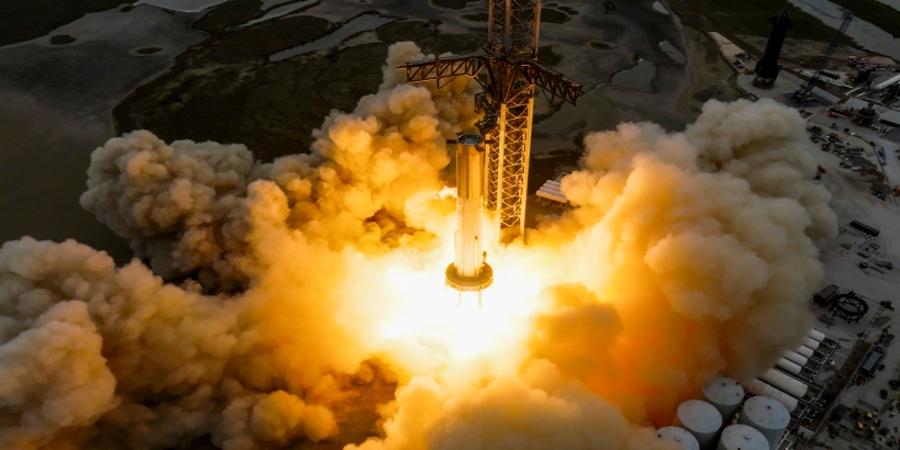The U.S. Federal Aviation Administration has issued a launch license to SpaceX for the Starship orbital flight test, which could now take place as soon as Monday. A 150-minute test window will open at 7:00 a.m. local time (CST), SpaceX said on its website.
The long-awaited launch license came at the very end of business on Friday.
“After a comprehensive license evaluation process, the FAA determined SpaceX met all safety, environmental, policy, payload, airspace integration and financial responsibility requirements,” the administration said in a statement.
This was the final regulatory hurdle facing SpaceX. Now, the company is authorized to conduct the orbital flight test as soon as it’s ready. This will mark the first time that the Super Heavy booster and the second stage (also called Starship) fly together. Assuming lift-off is nominal, the plan is for stage separation to occur roughly three minutes into the mission, with the booster and second stage splashing down into the Gulf and the Pacific Ocean, respectively. SpaceX will not attempt to recover these components.
On its website, SpaceX makes no promises for how the test will go, or even if it will complete milestones like Max Q (the point of maximum pressure on the vehicle) or Starship ignition. Instead, its likely that the company is looking to simply gather as much flight data as it can as the company continues to iterate the 394-foot-tall Starship system.
“With a test such as this, success is measured by how much we can learn, which will inform and improve the probability of success in the future as SpaceX rapidly advances development of Starship,” the company says on its website.
Starship is the most powerful rocket ever built. Once operational, it will be capable of carrying 100-150 tons (100,000-150,000 kg) into orbit. For reference, SpaceX’s workhorse rocket, Falcon 9, has a payload capacity of 22,800 kg. To get that much mass to orbit, Starship’s 33 Raptor engines will generate more than 16.5 million pounds of thrust at lift-off.
As with other launches, the company is planning to livestream the launch on its website.
The exact date of the launch will depend on the technical readiness of the rocket and the weather. So far, things are looking good for a Monday launch: weather reports for Brownsville, Texas, the small city adjacent to SpaceX’s Starbase launch and testing facility, show high likelihood of a sunny and clear day. Perfect for rocket flying.
Source @TechCrunch



